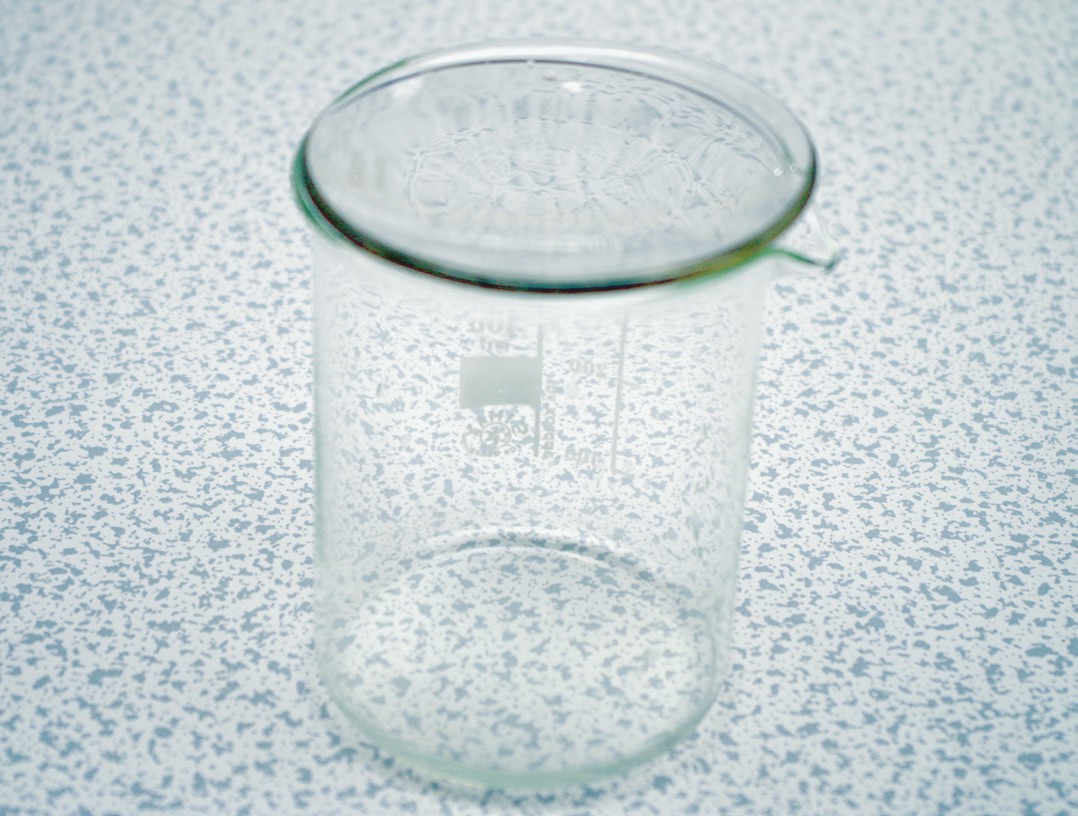
The word chromatography is derived from Greek words meaning ‘colour writing’. Chromatography encompasses a range of techniques for separating mixtures into their components, usually for the purpose of analysis (although there are some methods that allow the separate components to be collected). Paper chromatography is the chromatographic technique that you are likely to use in your course, but you will also learn about other methods that you will use if you continue to study chemistry at university.
The principle behind any form of chromatography is that the system has two phases: a stationary phase (either a solid or an immobilised liquid) and a mobile phase (a liquid or a gas). The mobile phase moves, carrying the components with it. The separation depends on the relative affinity of the mixture components for the two phases. A substance that has greater affinity for the stationary phase will spend more time associated with it, and so only moves slowly through the system. A substance with greater affinity for the mobile phase will move more quickly through the system and so will separate from the components associated with the stationary phase. In paper chromatography the mobile phase is the solvent (for example water) moving by capillary action up (or in some cases, down) the paper, while the stationary phase is formed by some of the solvent tightly bound to the paper fibres.
Your organisation does not have access to this article.
Sign up today to give your students the edge they need to achieve their best grades with subject expertise
Subscribe




